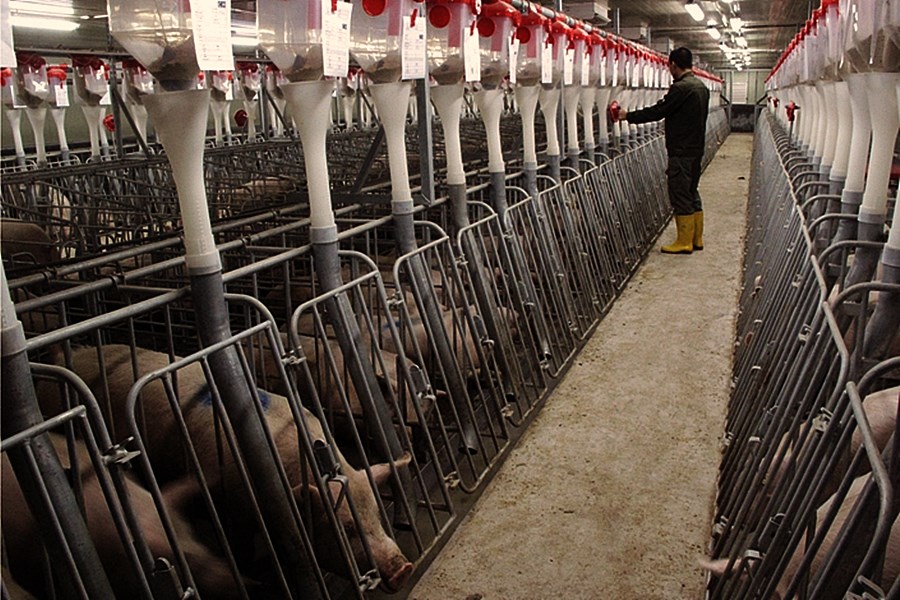Fri 16 October 2020:
We recommend that both swine workers and the swine population be continually monitored for indications of SADS-CoV infections to prevent outbreaks
New research from the University of North Carolina at Chapel Hill suggests that a strain of coronavirus that has recently alarmed the swine industry may have the potential to spread to humans as well.
The findings were published in the science journal, Proceedings of the National Academy of Sciences (PNAS), on Oct. 12.
It says the coronavirus strain, known as swine acute diarrhea syndrome coronavirus (SADS-CoV) and has infected swine herds throughout China since it was first discovered in 2016, may have the potential to spread to humans as well.
Though the SADS-CoV has not been known to affect humans to-date, the findings ring an alarm nonetheless as the world struggles against the COVID-19 outbreak.
The SADS-CoV initially emerged from bats and has infected swine herds across China, devastating the pork industry.
The study included lab tests to determine the virus’s potential threat to people. It revealed that SADS-CoV is efficiently replicated in human liver and gut cells, as well as airway cells.
It is from the same family of viruses as the betacoronavirus SARS-CoV-2, which causes respiratory illness COVID-19 in humans.
The SADS-CoV, however, is an alphacoronavirus that causes gastrointestinal illness in swine. It has been especially deadly to young piglets.
Ralph Baric, professor of epidemiology at UNC-Chapel Hill Gillings School of Global Public Health said while many investigators focus on the emergent potential of the betacoronaviruses, like SARS and MERS, “the alphacoronaviruses may prove equally prominent – if not greater – concerns to human health, given their potential to rapidly jump between species.”
Several types of cells were tested after infected with a synthetic form of SADS-CoV to understand how high the risk of cross-species contamination could be.
As a result, it was revealed that a wide range of mammalian cells, including primary human lung and intestinal cells, are susceptible to infection.
The SADS-CoV shows a higher rate of growth in intestinal cells found in the human gut, unlike SARS-CoV-2, which primarily infects lung cells, according to the research.
“SADS-CoV is derived from bat coronaviruses called HKU2, which is a heterogeneous group of viruses with a worldwide distribution,” said Caitlin Edwards, a research specialist and master of public health student at UNC-Chapel Hill, who is also the first author of the study.
“It is impossible to predict if this virus, or a closely related HKU2 bat strain, could emerge and infect human populations. However, the broad host range of SADS-CoV, coupled with an ability to replicate in primary human lung and enteric cells, demonstrates potential risk for future emergence events in human and animal populations,” she added.
Also testing the potential treatment of the disease caused by the virus,” Edwards said, “promising data with remdesivir provides a potential treatment option in the case of a human spillover event.”
“We recommend that both swine workers and the swine population be continually monitored for indications of SADS-CoV infections to prevent outbreaks and massive economic losses,” she added.





